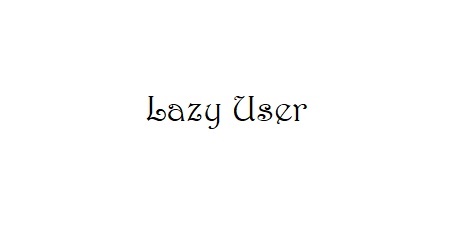There are many giant SMD Screens solutions on the market. If in appearance they may seem similar and have the same function: to broadcast multimedia content and promotional messages in a giant format. Some nuances make the difference between an entry-level screen and a quality screen.
These technical characteristics can help you guide your choice according to your budget. We have also previously presented the notions of pitch, power consumption, SMD Screens, and luminosity. We will now address a less often mentioned and yet equally important point, the notion of refresh rate. It will directly impact image quality and visual comfort concerning what is displayed.
THE REFRESH RATE OF A SCREEN
The refresh rate, also called refresh rate, corresponds to the number of scans performed by the screen in one second. That is the number of updates of images/information displayed per second. It is expressed in Hertz. The higher the frequency, the more visual comfort, and a smoother image it will offer.
This refresh rate is therefore directly linked to the notion of image per second or FPS (Frame per second). The refresh rate applies to the screen and the FPS to a video. In addition, the refresh rate is generally higher than the FPS and will therefore include a reprint of certain identical images to complete the second.
THE REFRESH RATE, FROM A TECHNICAL POINT OF VIEW
As mentioned above, a high refresh rate is synonymous with screen quality. For a screen to be able to display images at such a frequency, there must be sufficient connections to transmit more data at the same time. Similarly, a suitable processor is needed to process this information quickly. Finally, you also need a good storage system to manage all these images. So the ability of LEDs to display light intensity variations at a high frequency is not enough on its own. The entire screen must be able to handle a high refresh rate.
Nowadays, there is a simple test to observe the refresh rate level of a screen. To do this, simply view it with the photo/video mode of a smartphone. Indeed, current phones generally have a recording rate of 30/60 FPS in 4K.
They can even go up to 240 Fps or even 960 Fps for slow-motion video. So if the screen image displayed on the phone appears crisp, then its refresh rate is greater than or equal to your phone’s recording rate. On the other hand, if you have fixed black bands where moving appears, it is because it is lower.
The ROA: return to attention and the notion of interaction
Indeed in some cases, the move to action, the realization of a sale is not necessarily immediate. However, it is important to value the first contact and capture the prospect’s attention. The ROA makes it possible to measure the notion of the popularity of a brand or a campaign, and its ability to attract the attention of consumers. It also integrates that interactivity thanks to the multiplication of multimedia tools and the connected dimension.





You must be logged in to post a comment.